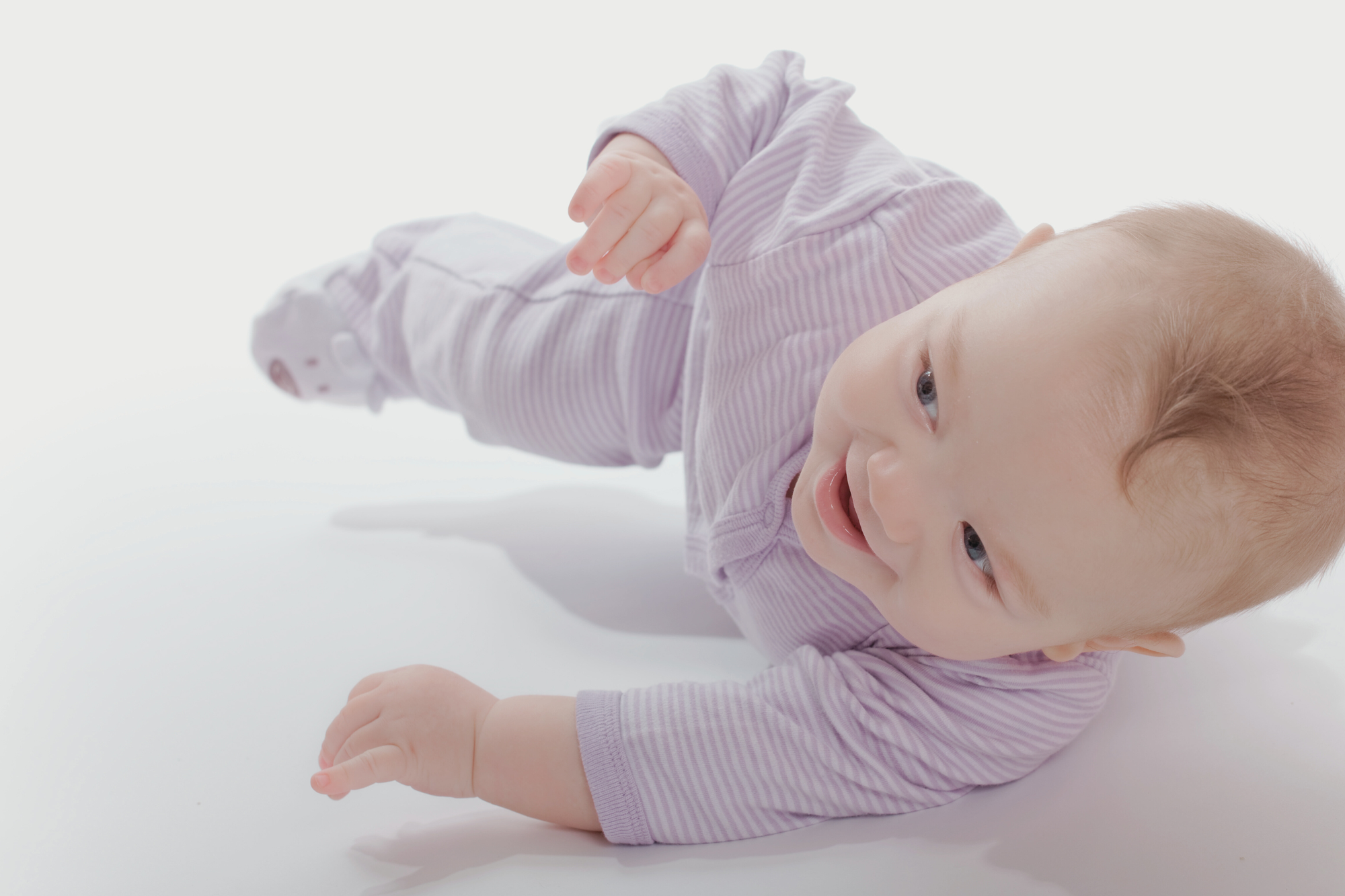As you witness your baby’s first roll over, savor the moment and document it with pride. This milestone is just the beginning of many more exciting things to come.
Rolling Over: A Milestone Moment in Your Baby’s Development
As your baby progresses through their first year, every new milestone brings excitement and wonder. One of the most significant milestones is when they first learn to roll over. This achievement not only showcases their physical development but also marks the beginning of their journey towards independence.

Why Is Rolling Over Important?
Rolling over is a fundamental milestone in a baby’s physical development. It involves the ability to turn their body from their back to their side and then completely over onto their stomach, or vice versa. This seemingly simple action requires a remarkable amount of coordination, muscle strength, and cognitive awareness.
This skill is an important stepping stone in a baby’s journey towards independence and exploration of their environment. By learning to roll over, babies gain a new level of mobility and control over their bodies, allowing them to change positions, reach for toys, and begin to interact with their surroundings in more meaningful ways.

Milestones in a Baby’s Development
Babies reach various developmental milestones at different rates, and the timeline can vary from child to child. However, there are some general guidelines that can help parents understand the typical progression of a baby’s physical and cognitive development.
In the first few months of life, babies are primarily focused on essential functions like feeding, sleeping, and responding to basic stimuli. As they grow, they begin to develop more control over their movements, such as grasping objects, lifting their heads, and making cooing sounds.
Around the 4-6 month mark, rolling over is considered a significant milestone that marks the beginning of a baby’s increased mobility and independence. This achievement is often followed by other important milestones, such as sitting up unassisted, crawling, and eventually, standing and walking. Each of these developmental steps represents a new level of physical, cognitive, and social growth for the baby.
When Do Babies Typically Start Rolling Over?
Most babies begin to show signs of rolling over around the 4-6 month mark, with the average age being around 4-5 months. However, it’s important to note that there is a wide range of normal when it comes to reaching this milestone, and some infants may roll over earlier or later than others.
Factors that can influence when a baby starts rolling over include their overall physical development, muscle strength, and temperament. Babies who are more active and have a strong desire to explore their environment may be more motivated to learn to roll over, while others may take a more leisurely approach to this milestone.
It’s also important to remember that rolling over is a skill that develops in stages. Babies may first start by rolling from their back to their side, and then eventually progress to rolling all the way over onto their stomach. This gradual progression is a natural part of the learning process.
The Physical and Cognitive Benefits of Rolling Over
Rolling over is not just a physical milestone; it also has important cognitive and developmental benefits for babies. As they learn to roll over, they are engaging a wide range of physical and mental skills that will serve them well in the months and years to come.
From a physical perspective, rolling over requires a significant amount of muscle strength, coordination, and control. Babies must be able to engage their core, back, and arm muscles to lift and turn their body, all while maintaining balance and stability. This process helps to build overall physical strength and motor skills, laying the foundation for more advanced movements like crawling and walking.
Cognitively, rolling over also represents an important step in a baby’s understanding of their own body and its relationship to the world around them. As they learn to roll over, babies are developing a better sense of their spatial awareness, depth perception, and the ability to problem-solve and adapt to new situations. These skills are essential for continued cognitive development and learning.
How to Help Your Infant Learn to Roll Over
There are several things you can do as a parent to help support and encourage your baby’s progress towards this important skill.
One of the most effective ways to help your baby learn to roll over is to provide them with plenty of supervised tummy time. Tummy time not only strengthens the muscles needed for rolling over, but it also helps babies develop a better awareness of their body position and movements. Aim for at least a few 10-15 minute sessions of tummy time each day.

Another helpful strategy is to gently guide your baby through the rolling motion. You can do this by supporting their head and shoulders as they attempt to roll, or by placing a toy just out of reach on the opposite side to encourage them to turn their body. Be patient and gentle, and avoid pushing or forcing the movement, as this can be frustrating for your baby.
Safety Precautions for Rolling Over
As your baby becomes more mobile and begins to roll over, it’s important to take some important safety precautions. Rolling over can increase the risk of falls, especially if your baby is on an elevated surface like a changing table or bed.
One of the most important safety measures is to never leave your baby unattended, even for a moment, once they have mastered the skill of rolling over. Babies can quickly roll off of surfaces, so it’s crucial to keep a close eye on them at all times, especially during diaper changes or other times when they may be on an elevated surface.
In addition to constant supervision, it’s also a good idea to childproof your home by removing any potential hazards or obstacles that your baby could roll into or onto.
Conclusion
As you witness your baby’s first roll over, savor the moment and document it with pride. This milestone is just the beginning of many more amazing accomplishments to come. With your love, guidance, and support, your baby will continue to amaze you as they navigate the wonders of the world around them.


